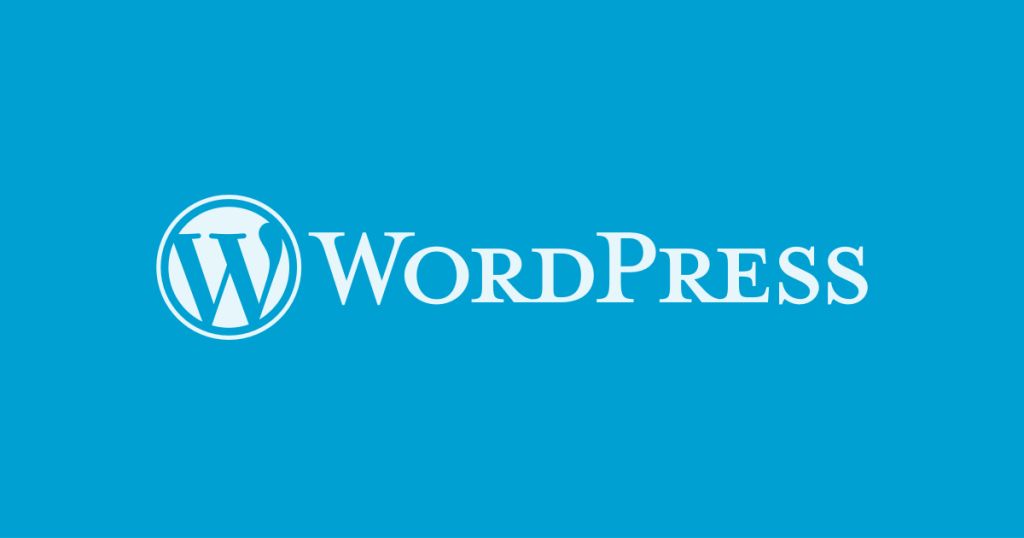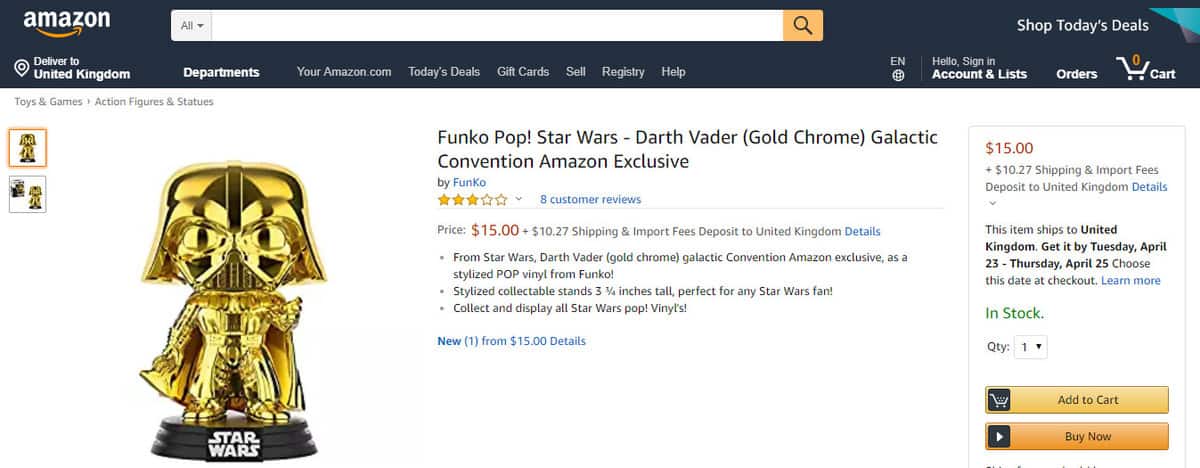Front-end is the external interface of a website that users interact with. In WordPress, the default front-end interface includes features like menu top, website name, slogans, search function, recent posts, recent comments, archives, categories, meta section, content display, and footer. This interface can be customized to make it more aesthetically pleasing. The front-end also includes additional features like site admin, log out option, RSS entries, comments RSS, and a link to WordPress.org. Understanding the components of the front-end interface can help users easily navigate and customize their website.
If you’ve ever wondered about the difference between the "Back-end" and "Front-end" of a website, let me break it down for you. The "Back-end" is like the admin page, hidden away where all the technical magic happens. On the other hand, the "Front-end" is what users see and interact with when they visit a website. It’s the face of the site that everyone sees.
When you install WordPress without making any changes, the default "Front-end interface" is pretty basic. But don’t worry, I’ll show you how to spruce it up and make it visually appealing in upcoming articles. For now, let’s delve into the different components that make up this interface.
Front-end Overview in WordPress
Here’s a rundown of the key elements you’ll find on the WordPress Front-end interface:
-
Menu Top: Similar to the "Back-end," this top menu bar provides easy access to account management features when you’re logged in. It disappears when you log out but can be customized in the admin section.
-
Website Name
-
Slogans: Your website’s catchy slogan.
-
Search: A handy search feature within the WordPress platform.
-
Recent Posts: Highlights the most recent blog posts.
-
Recent Comments: Shows the latest comments left by users.
-
Archives: Organizes articles by time, typically sorted by month.
-
Categories: Displays the website’s categories, such as "Uncategorized" for now, but more can be added later.
-
Meta: Supports various additional sections like:
- Site Admin: Directs you to the admin page.
- Log Out: Allows you to exit your account.
- RSS Entries: Takes you to the RSS feed.
- Comments RSS: Links to the latest comment RSS.
- WordPress.org: Redirects you to the official WordPress website.
-
Content: This is the main section where articles, pages, images, videos, and other content are displayed.
- Footer: Contains miscellaneous information related to the website.
Epilogue
By familiarizing yourself with these locations on the Front-end interface, you’ll be better equipped to make any desired edits in the future. Stay tuned for more insights on customizing the Front-end effortlessly in upcoming articles.
Series Navigation
- Admin Management Interface in WordPress >>
- General WordPress Configuration Settings >>
Now that you have a better understanding of the Front-end interface in WordPress, feel free to explore and make it your own!



